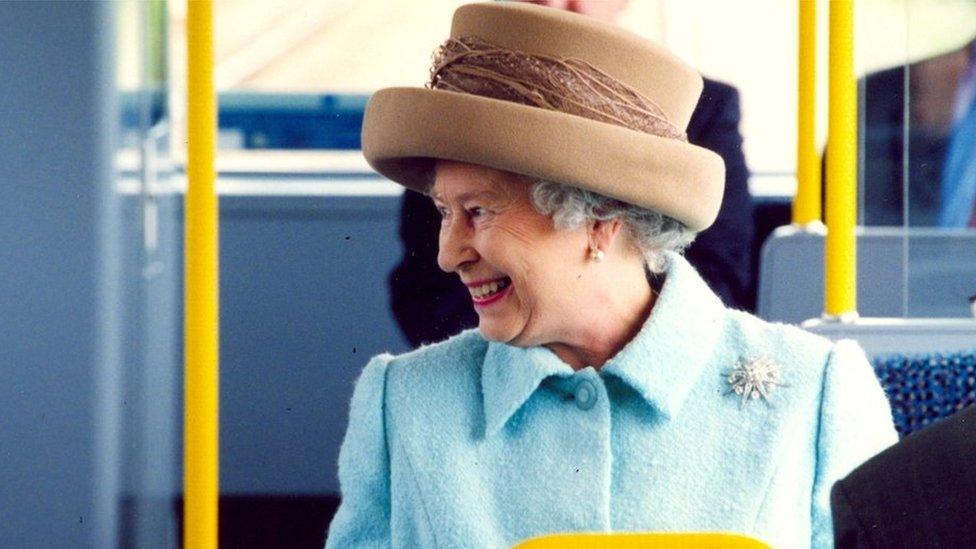Old Metro trains recycled for scrap
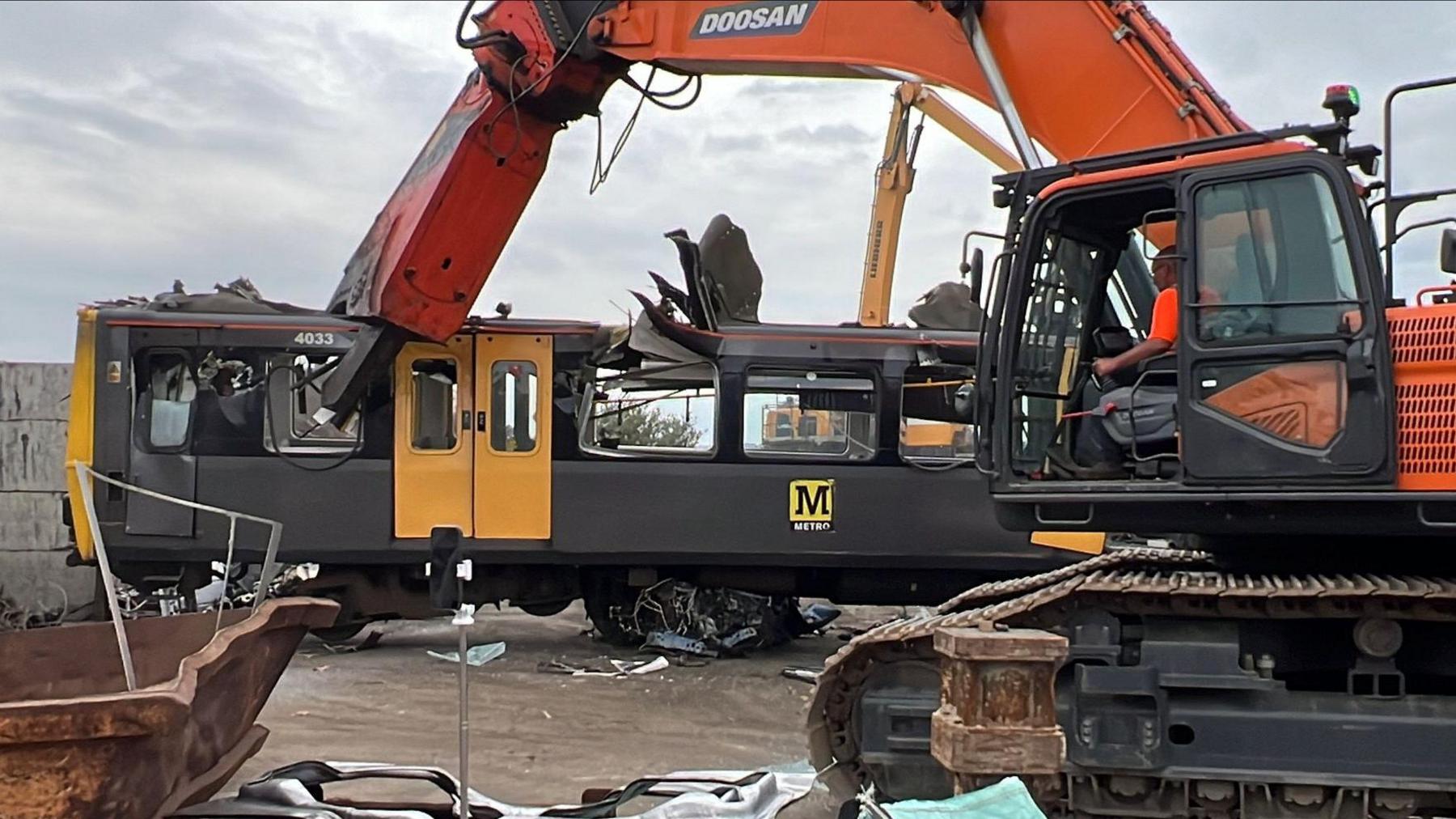
The breakage process involves giant hydraulic grabbers and a snipping machine
- Published
Former Tyne and Wear Metro trains are being recycled for scrap, on the 45th anniversary of the opening of the network.
Nexus, which operates the system, said it was bidding a fond farewell to its decades-old "workhorses", as its new fleet was being phased in.
As part of the scrapping process the carriages are ripped open so metal, including aluminium, copper and steel, can be harvested.
It is being carried out at a specialist site near Bishop Auckland, County Durham, before the scrap is exported via regional hubs to countries including Spain, Turkey, India and other parts of Asia.
Nexus is currently rolling out its new £362m fleet, made up of 46 Swiss-built trains, although it has faced a number of delays and problems.
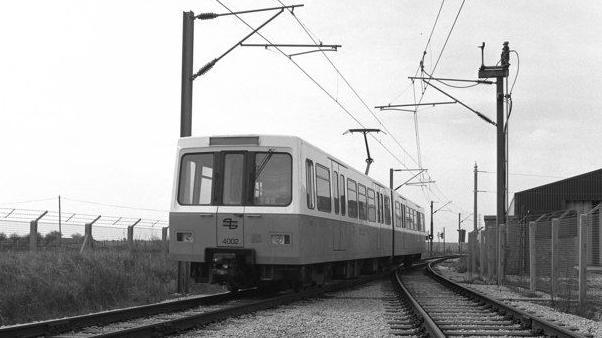
Two of the old carriages are being retained for heritage purposes
The UK's first urban light rail network began operating in August 1980, and was officially opened by Queen Elizabeth II the following year.
Initially it only ran between Newcastle's Haymarket and Tynemouth in North Tyneside and was later extended around the coastal loop, before Newcastle Airport was added in 1991 and Sunderland in 2002.
Plans are now under way to extend the Metro to Washington by 2033.

The old Metros are being scrapped in a "brutal" process in Bishop Auckland, County Durham
Paul Welford, from Nexus, said: "These trains have been real workhorses over the last four decades, they helped to transform public transport in our region.
"It's good to see that a lot of the used parts are being sent away for recycling.
"Overall, this reduces the energy and carbon consumed if such metals were manufactured from scratch."
A total of 29 trains - almost a third of the current rolling stock - have been recycled so far, with the work happening in stages as new ones are put into service.
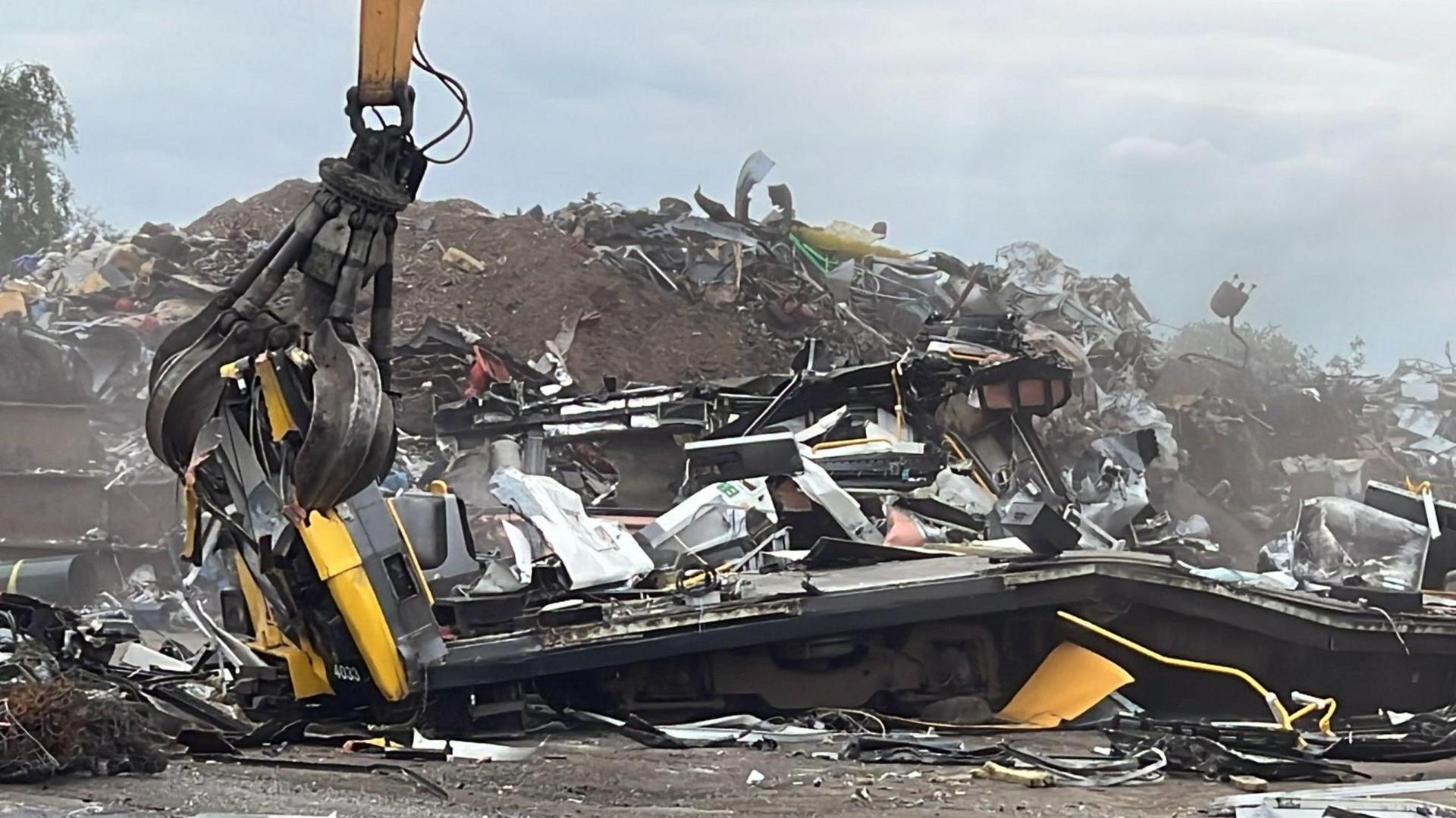
It takes about an hour to completely break down the carriage
The work is being carried out by J Denham Metals.
Commercial manager Graeme Smith said: "These are the first passenger trains that we've decommissioned and the most high profile.
"We regularly get train enthusiasts coming down here just to catch a final look at the Metros before they undergo the breakage process."
He added while the process looked "brutal", it was necessary for recycling.
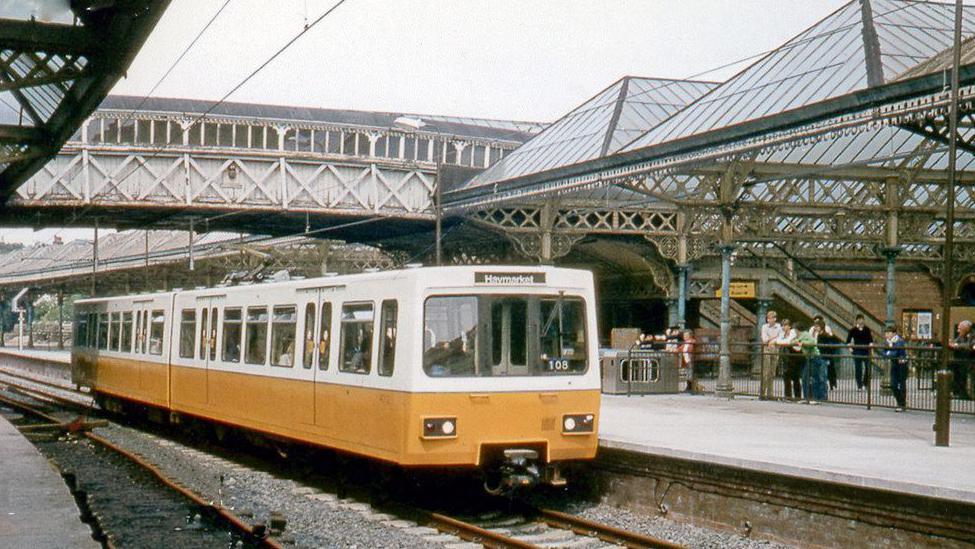
When it first opened, trains only ran between Tynemouth and Haymarket stations
Nexus is retaining two of the old Metro carriages for heritage purposes and these will be donated to the Stephenson Steam Railway in North Tyneside and to Beamish Museum in County Durham.
The first new Metro entered service on 18 December. It is hoped that all 46 of the new trains will be in use by the end of 2026, with half due by the end of this year.
Follow BBC North East on X, external, Facebook, external, Nextdoor and Instagram, external.
Get in touch
Do you have a story suggestion for BBC Tyne?
- Published22 June

- Published18 December 2024
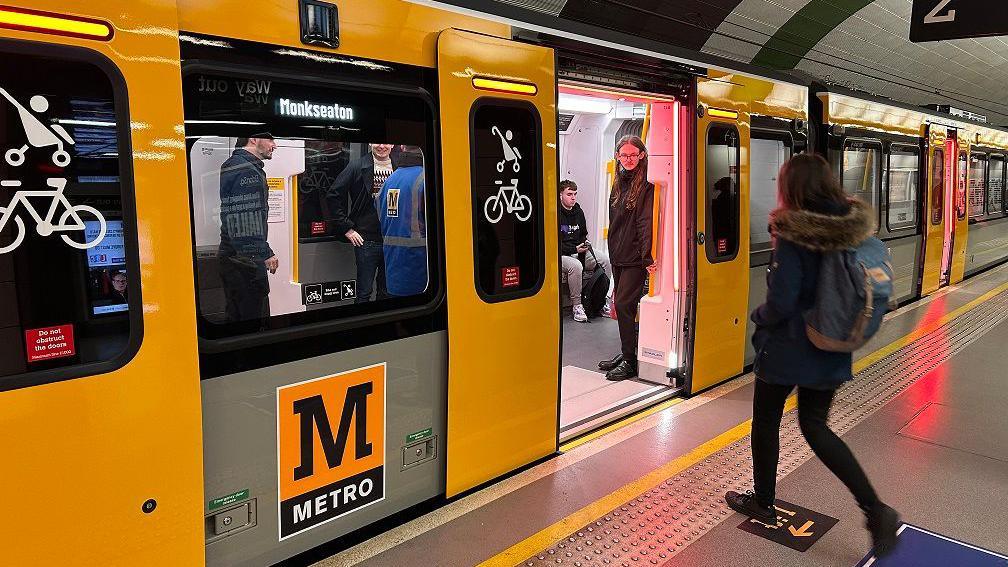
- Published10 September 2022
